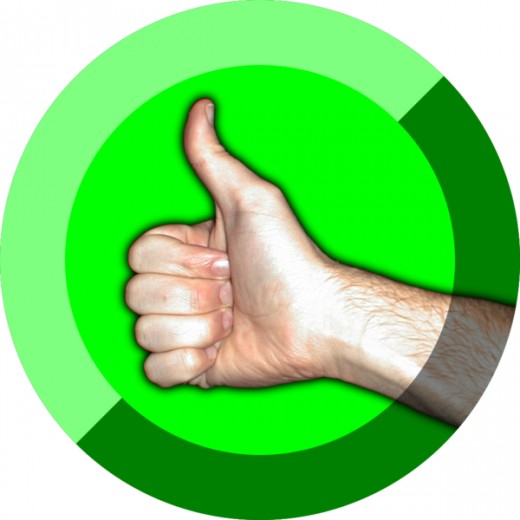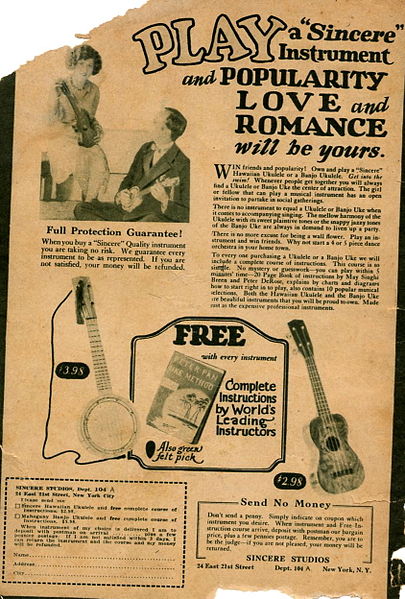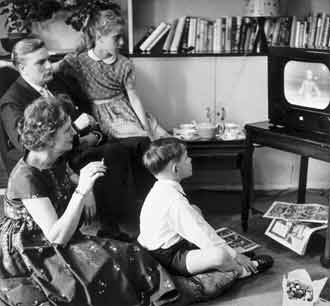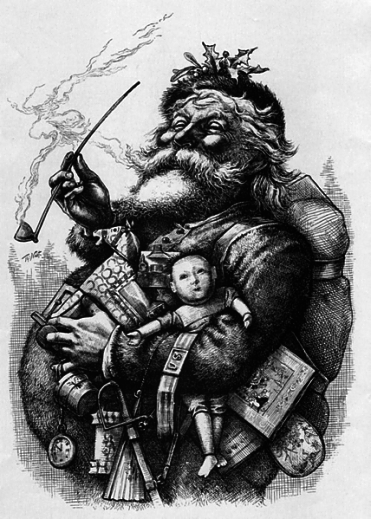The Snow-Balling Effect of Likes, Ups and Positive Votes
Facebook describes the 'Like Button" as a way for social media users to give positive feedback, to provide connection with sites they care about and recommend to their friends and associates.
Some websites also include a dislike button, so a user can provide a vote against the Web content. There are concerns that these voting system are abused. It affects the way many people choose what to open and view when exploring pages or sites.
Various theories have also been raised about whether or not the votes of a user are influenced by the previous votes. The concept of following the crowd is often called 'snow-balling', because a site that gets some initial likes can get more and more like a ball of snow rolling down a hill.
This article explores some recent research on how previous voting patterns (accumulated likes and dislike scores) can have a conditioning effect on future votes.
This opens up a new way in which the likes and dislikes can be gamed by sowing seeds for the crowd to follow.
It explores the how crowd-following affects voting patterns.




Effect of Crowd-Following Behavior on Likes and Dislikes Voting patterns
A recent study on ‘liking’ and ‘disliking’ on the Internet is very revealing.
- A reader who sees someone has already ‘liked’ the article they are reading is more likely to ‘like’ it themselves, even if the reader can see obvious flaws and mistakes in it.
- A reader who sees a thumbs down on an article will not generally follow suit, and may even give the article a thumbs up.
The researchers were interested whether something is popular and gets many ‘likes’ because it is actually good, or whether there is a crowd-following reaction to add more likes when it is showing signs of being popular.
The researchers manipulated the ‘likes’ on the comments on an unnamed website over a period of 5 months.
Immediately after a new comment was made the software randomly assigned it an arbitrary ‘like’ or ‘dislike’ it was given an arbitrary up or down vote.
For a control group of comments no changes were made.
Most readers tend to make ‘likes’ rather than ‘dislikes’ and so a similar bias was applied to the fake ‘likes’ so that they outnumbered ‘dislikes’ by 2:1.
The study found that for 'likes':
- If the comment already had a ‘like’, the next reader was about 30% more likely to give it an extra 'like'.
- The likelihood that the reader would give it a ‘dislike’ was unchanged by the prior vote.
- Over a period of time, the comments assigned a fake ‘like’ tended to have 25% more total ‘likes’ than those in the control group that were not given an initial ‘like’.
These results were very significant and showed a strong crowd-following or snow-balling behavior in social media
The results for comments that were assigned a fake ‘dislike’ were:
- No significant difference could be detected
- There was a tendency for people who knew the author of the article that had the comments to add extra ‘likes’ to counteract the negative vote
- People who had made negative responses to other articles by the same author were no more likely to add a negative vote if the comment already had a ‘dislike’.
This research has profound implications for social media:
- Something that gets an initial positive response is likely to snow-ball and take off.
- Something that gets a negative reaction will tend to wallow and remain uninteresting.
- These trends apply no matter how good or bad the article is (with fake 'likes').
- It is the first reaction that counts.
- Get a few initial likes and you’re off and running (spammer's delight with that one).
- How to get that initial positive reaction is the key to success.
- You need to be noticed to get ahead.